For many travellers, achieving Gold or Platinum status in just one frequent flyer program is tough enough. But for others, Status Credits practically earn themselves. In fact, those who fly more than most have a tough decision to make. After all, what’s the best status to have for travellers earning 3,600 Status Credits or more in a single year?
At that level of flying, Qantas Platinum One is within easy reach. Or how about holding ‘regular’ Qantas Platinum plus Velocity Platinum for even more freedom? Are there merits to going all-in with Velocity instead, even though there’s no public above-Platinum tier to aim for?
Let’s take a look at the options available to seriously high flyers, and when it can make sense to take each path.
Status Credits aren’t all created equal
Before we get into the detail, it’s important to realise that different airlines have different approaches to Status Credits. The best fit is going to vary greatly depending on a traveller’s habits. This includes the cabin and fare type they’d usually purchase, the distance of each flight and so on.
Here’s a quick example. Here’s how many Status Credits can be earned by flying on Qantas and Virgin Australia from Sydney to Melbourne (one way) across the full range of available fares.
| Sydney-Melbourne Status Credits | Qantas Frequent Flyer | Velocity Frequent Flyer | Flights to earn Qantas Platinum (1,400 Status Credits) | Flights to earn Velocity Platinum (1,000 Status Credits) |
| Lead-in Economy | 10 (Red eDeal) | 5 (Lite) | 140 | 200 |
| Economy | 10 (Red eDeal) | 15 (Choice) | 140 | 67 |
| Flexible Economy | 20 (Flex) | 25 (Flex) | 70 | 40 |
| Reward Seat Economy* | 7 (Classic Reward) | None (Reward Seat) | 200 | Not possible |
| Lead-in Business | 40 (Business Sale and Saver) | 55 (Business) | 35 | 19 |
| Flexible Business | 45 (Business) | 55 (Business) | 32 | 19 |
| Reward Seat Business* | 18 (Classic Reward) | None (Reward Seat) | 78 | Not possible |
We’ve highlighted the most rewarding option at each category. We’ve also crunched the numbers to show which frequent flyer program would facilitate the fastest path to Platinum based on each behaviour.
This highlights how some travellers will naturally find one program a much better fit over the other – particularly when targeting 3,600+ Status Credits. To keep things simple, we haven’t factored in other ways of earning Status Credits. For instance, the Qantas Loyalty Bonus, Qantas Green Tier, Flybuys x Velocity and the Amex Velocity Platinum Card.
But when Qantas Frequent Flyer and Velocity Frequent Flyer both suit your travels, which should you pick?
Option A: Qantas Platinum One with 3,600 Status Credits
- To reach and retain: 3,600 Qantas Status Credits (at least 2,700 Status Credits from Qantas alone).
The most obvious target for a seriously frequent flyer is Qantas Platinum One. It’s a relatively small club, offering all the same benefits of Qantas Platinum as a baseline. Think access to Domestic Business lounges, International First lounges and all the usual privileges of oneworld Emerald.
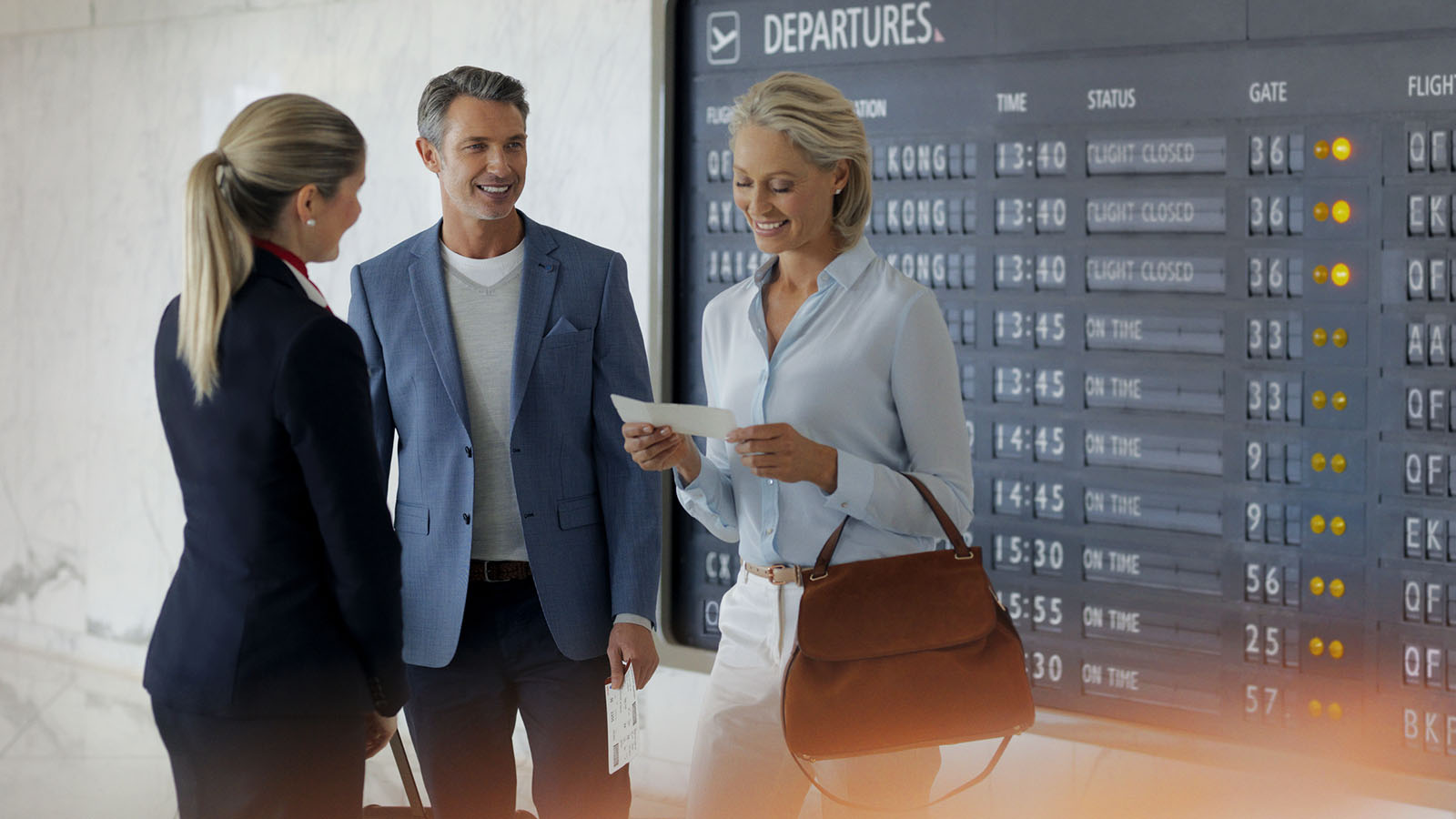
But Qantas Platinum One blends in some extra perks to recognise those who’ve earned 3,600 Qantas Status Credits and beyond in a single membership year. These include:
- Qantas Platinum status for a partner.
- Access to the Qantas VIP Service Team for priority handling of any enquiries and proactive assistance during disruptions.
- Priority over most other frequent flyers when requesting upgrades.
- More flexibility for domestic same-day flight changes with waived change fees.
- Select the best available seats in each cabin from the time of booking. On Qantas Boeing 737 flights, this includes row 1 in Business and row 4 in Economy.
- The greatest access to Classic Flight Reward seats booked online.
- Where reward seats aren’t bookable online, a broader ability to request seats be made available than could be achieved by Qantas Platinum members.
Those additional benefits will appeal to a wide range of travellers. But Qantas sweetens the pot even further with lifetime status – something Velocity doesn’t offer.
Somebody earning 3,600 Status Credits per year could quite literally go from ‘zero’ to Lifetime Silver in less than two years of flying. Fancy Lifetime Gold, granting a lifetime of lounge access? That goal is yours from less than four years at Platinum One.
In fact, Lifetime Platinum starts to become a realistic goal with this amount of travel. But even those clocking 3,600 Status Credits per year would take over 20 years of continuous flying to get there.
Option B: Velocity Platinum with 3,600 Status Credits
- To reach: 1,000 Velocity Status Credits.
- To retain: 800 Velocity Status Credits.
Over in the Velocity camp, Platinum status is the highest public goal. For those who fly a lot, it’s relatively easy to gain and maintain. Those significantly surpassing the usual requirements for Velocity Platinum also get an extra privilege. That’s gratis Platinum status for somebody else.
That takes place after earning 1,800 Velocity Status Credits in a single year. For a traveller annually amassing 3,600 Status Credits or more, it’s a goal easily reachable within six months of flying. But once you’ve got Platinum and partner Platinum in the bag, there really isn’t anything more to aim for.
Sure, there’s the unpublished rank of Virgin Australia Beyond – but there isn’t a set number of Status Credits that can get you the upgrade. Instead, any excess Status Credits could be pooled to an eligible family member.
This would help another member of your household to reach or retain Velocity status. They’d just need to fly enough on their own to meet Velocity’s ‘minimum sector’ requirements. That’s two VA-coded flights per year for Velocity Silver, or four VA-coded flights per year for Velocity Gold. At Velocity Platinum, it’s eight VA-coded flights.
It’s quite unfortunate that Velocity doesn’t offer any path to lifetime recognition. Velocity also doesn’t double down on the perks of Velocity Platinum for those who fly twice as much. Even offering four extra Business Class upgrades with every 1,000 Status Credits flown would give seriously frequent flyers something extra to aim for.
As it stands, the only path to any form of lifetime benefit is to purchase Virgin Australia Lifetime Lounge membership. That sets you back $9,750 – or $6,750 for those aged 60 or above. Sadly, a hefty balance of Status Credits won’t get you a discount here.
Option C: Qantas Platinum and Velocity Platinum with 3,600 Status Credits
- To reach: 1,400 Qantas Status Credits plus 1,000 Velocity Status Credits.
- To retain: 1,200 Qantas Status Credits plus 800 Velocity Status Credits.
Here’s a strategy that’s a smart move for those flying ‘best fare of the day’. That’s securing not just one Platinum card, but two. With 3,600 Status Credits of annual flying, reaching Qantas Platinum and Velocity Platinum gives the best of both worlds.
When flying Qantas, you’ll enjoy perks like Qantas Club, Domestic Business Lounge and International First Lounge access. And when flying Virgin Australia, you’ll similarly have a lounge to visit at eligible airports.
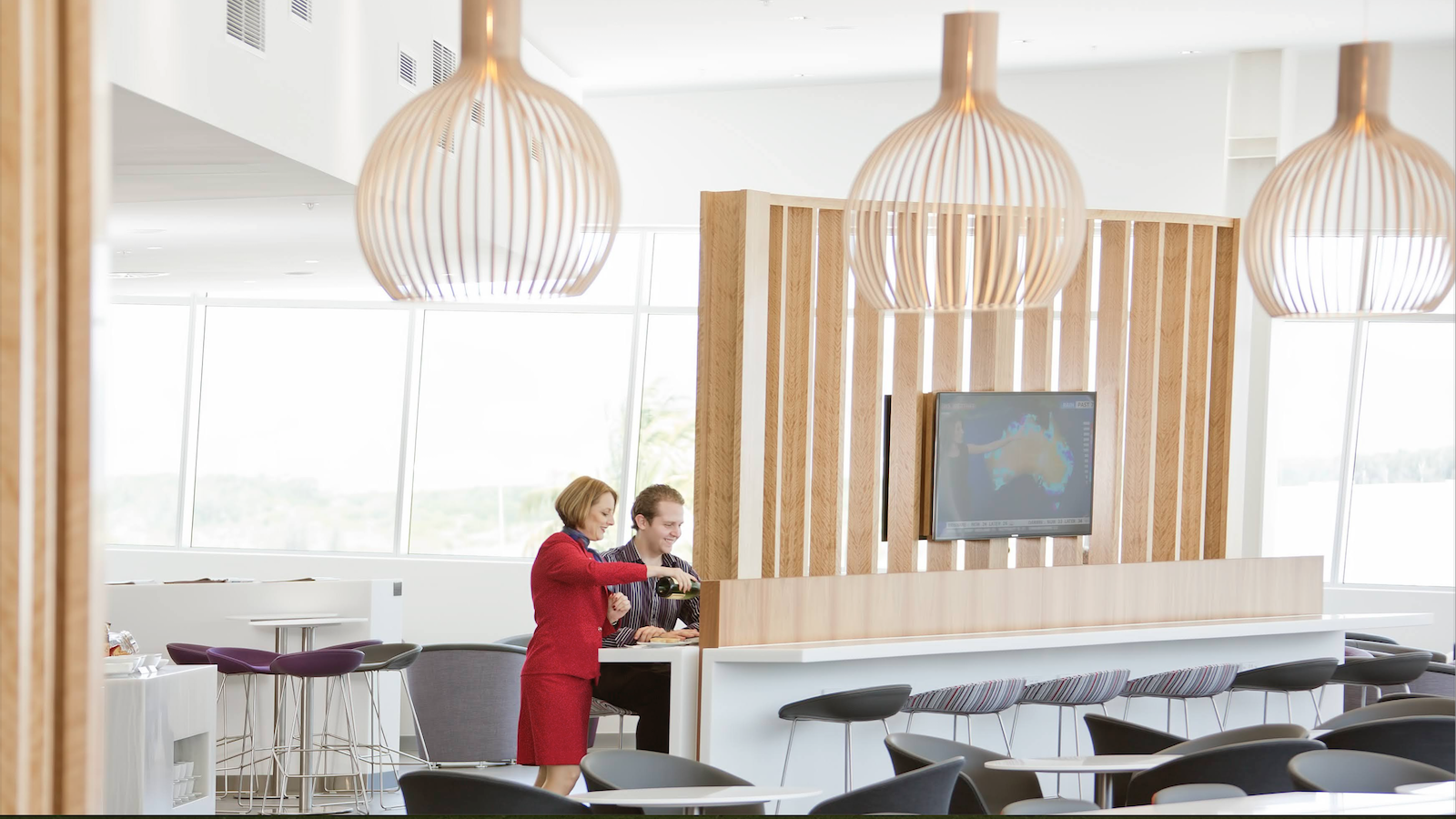
Throughout the year, this can give you the freedom of choosing the best airline for each trip. Whether that’s the cheapest ticket, the best-timed departure or the most direct route is up to you. This strategy also provides flexibility with lounges. Qantas Platinum allows two complimentary guests per domestic visit, while Velocity Platinum permits three.
This could be another way to split your travel throughout the year. If you know you’ll have a few companions, booking Virgin Australia can mean everybody gets to relax in the lounge. Then, when you’re flying solo or with just one or two guests, book Qantas instead to even the spread of Status Credits.
You might also strategically book Virgin Australia only from airports where a lounge is available. For instance, flying Virgin in one direction, and Qantas in the other. This is something I often do between Brisbane and Cairns. That’s because both airlines offer lounges in Brisbane, but only Qantas now has a lounge in Cairns.
In other words, flying Virgin Australia on the outbound leg still has me covered for a lounge in Brisbane. But on the way home, flying Qantas allows for a visit to the Cairns Qantas Club.
Even more flexibility for those with dual Platinum
Let’s say you’re comfortably retaining Qantas Platinum and Velocity Platinum year-on-year. After all, that takes just 2,000 Status Credits per year across the two programs. In this article, we’re looking at options for flyers earning 3,600 Status Credits per year, or even more.
So what do you do with the surplus? Well, if you can bank 2,400 Status Credits with Qantas each year, you’ll be able to gift Qantas Gold status to somebody else. That still leaves at least 1,200 Status Credits to swing in Velocity’s direction. And in fact, if you can push that to 1,300 Velocity Status Credits each year, you can give the gift of Velocity Gold, too.
That’s ‘dual Platinum’ for you, and ‘dual Gold’ for a partner, perhaps. Not bad at all.
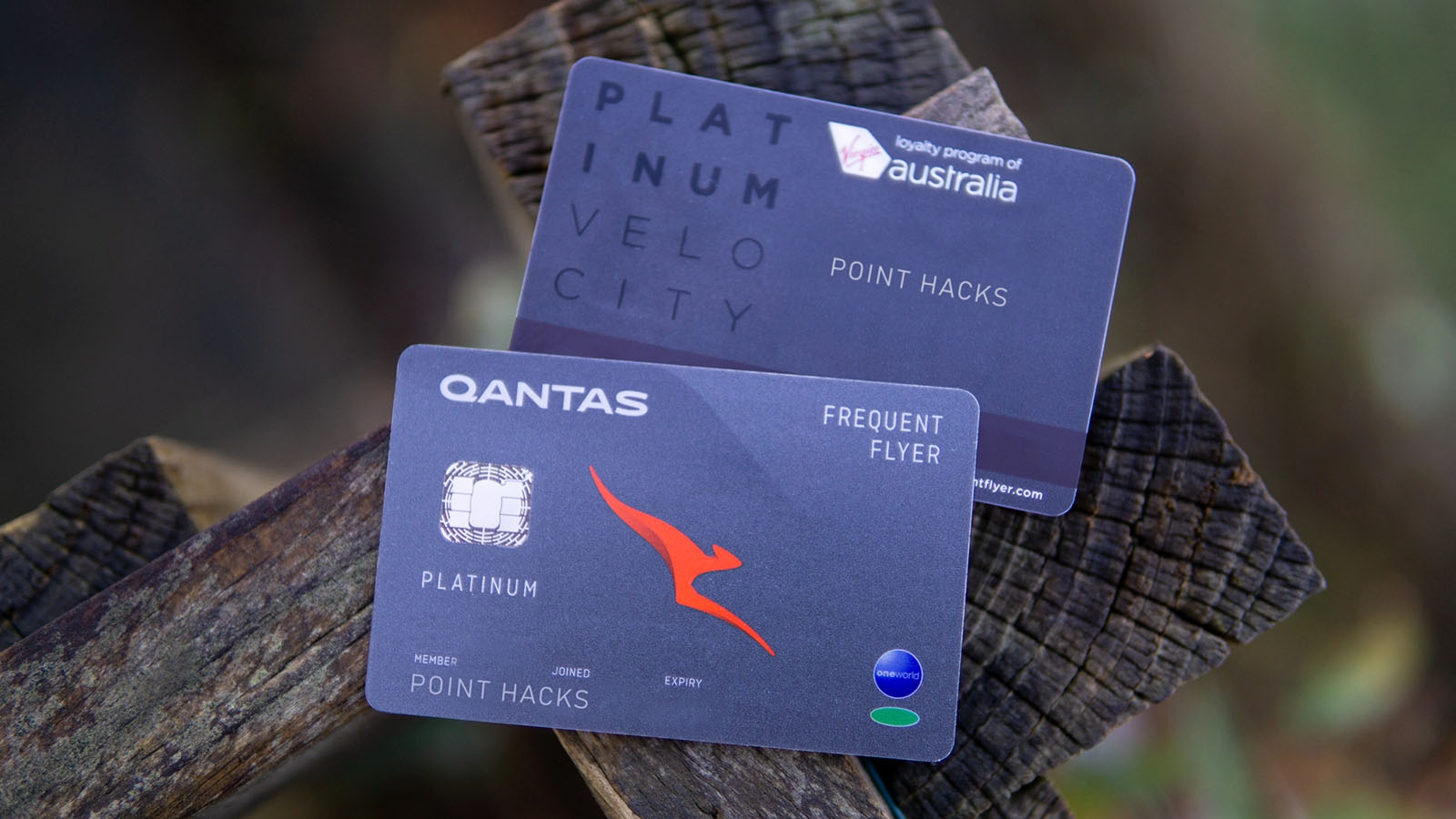
Or here’s another idea. Aim for 2,400 Status Credits with Qantas for that companion Gold card, and for 800 Velocity Status Credits to retain Velocity Platinum. Once you’ve hit 800 with Velocity, switch on family pooling to help a family member on their own status adventure.
That’s a savvy option to pick if you can’t quite stretch Velocity to 1,300 Status Credits per year, as it still avoids those spare Status Credits from going to waste. Provided that person does just a little bit of travel themselves, Velocity Silver or Velocity Gold are well within reach.
But then, there’s the pull of lifetime status with Qantas. Unless you’re booking flights well beyond 3,600 Status Credits per year, this dual airline strategy means you’d probably never make it to Qantas Lifetime Platinum at 75,000 Status Credits.
At 2,400 Qantas Status Credits per year though, you’d still make it to Lifetime Gold in under six years. One day, when you’re no longer flying as much, that’s a perk you’ll be happy to have earned.
Summing up
There really is no ‘one size fits all’ approach when it comes to frequent flyer status. Different people have different needs, desires, travel habits and goals. The best option is also likely to differ between self-funded flyers, business travellers, ‘best fare of the day’ bookers and those mainly relying on points to book their flights.
But if you know you’ll have a lot of travel coming up, it pays to plan ahead. Strategically choosing which airline(s) you’ll book and where those flights will be credited could help you reach greater benefits with an airline of choice. Or to unlock perks across a greater number of airlines, by aiming for two shiny cards rather than one.
Of course, the decision gets tougher if there’s lots of international travel involved. An overseas-based frequent flyer program may prove even more rewarding when regularly flying with a foreign airline. It’s really down to each traveller to decipher what works best for them.
One thing’s for sure, though. If you’re regularly relaxing in lounges before your flights and frequently find yourself gliding through the airport priority queues, you’re doing well.
Also read: Is it worth going the extra mile from Qantas Platinum to Platinum One status?
Featured image courtesy of Qantas.
Stay up to date with the latest news, reviews and guides by subscribing to Point Hacks’ email newsletter.
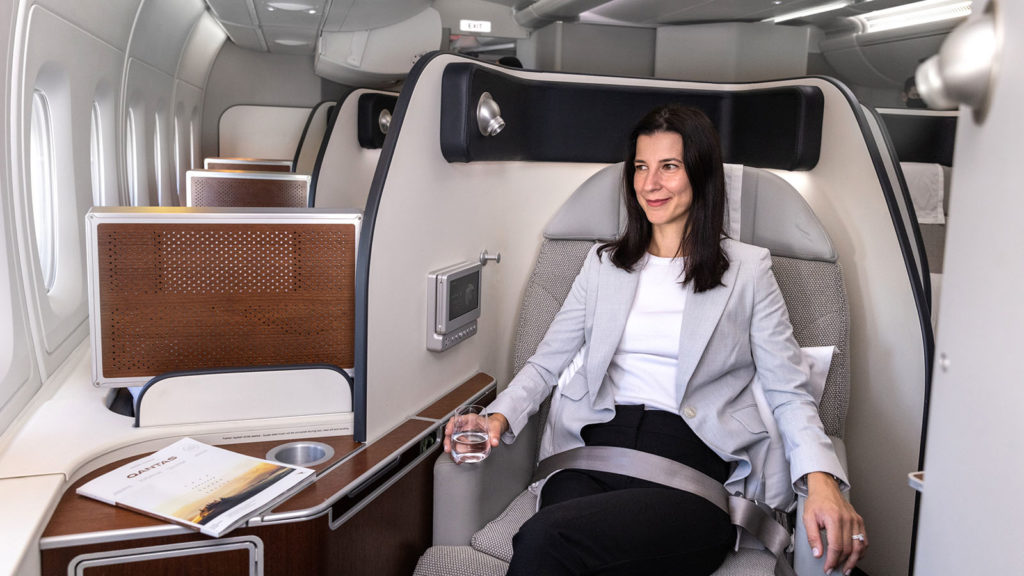

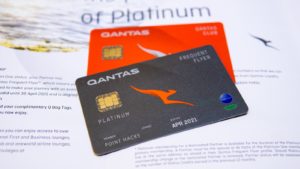



The theory is also all very well and good, but the practical reality can differ from expectations on a case by case basis.
IME:
Option A. QF P1
Benefits not delivered. The exclusive concierge number isn’t for assistance with booking flights (as one might expect) only a facility when things go wrong. My phone calls to that exclusive number were NEVER picked up. You had to wait for a call back. One agent informed me that after hours Aussie time that there was just ONE of them sitting at home with a laptop and mobile. Hopefully that has all changed. Perhaps the experience of others differs.
The touted invitations to experiences and events never happened (until I eventually enquired about such and latterly got an invitation to the local races – not my thing and hardly equivalent to the experiences paraded in the press at that time). On a positive note row 1 of 737s was bookable and I suspect they did try to keep seat next to me free – of course that seat would often get filled up by staff since it’s a QF thing to have their staff fly business class. Cabin crew were typically welcoming.
Nine months into P1 membership the light bulb went on about the stupidity of status and I simply stopped buying QF fares and nobody noticed a change in my purchasing pattern from dozens of business class paid flights sectors per annum over many years to zero and nobody from the P1 team contacted me to check on why. QF market research is pitiable if they can’t identify and pick up such change. One suspects they don’t survey lost customers, only happy ones. Anyway, the clear message was that nobody in the airline cared at all (not sure why we imagine that they would, but, hey, status is about ego, right?) and loyalty is entirely a one-way deal.
Option B
Have previously done enough VA paid travel to get Platinum for both myself and partner. With no lounge in home town of CNS, there is now little point in chasing status on VA anyway even though it’s so easy to attain.
Option C
Have previously been both QF and VA Platinum concurrently for several years. Now I simply, wouldn’t bother in favour on focusing on the maximum diversity of loyalty programs to earn and redeem points / miles in premium cabins.
Stop chasing status folks! It’s an ego trip with an ever declining value proposition and a diversion from the real game of maximising your returns from modern airline loyalty programs.
The real value is in securing premium class redemptions, not the odd salt and pepper squid meal in an over crowded lounge a few times per year….;)
Can somebody propose a compelling counter case in favour of a focus on status?
With millions of points across different loyalty programs, the ones I cherish the most are the ones that have cost $0.00 to $0.006 cent per point.
Many thanks for sharing a most refreshing perspective…..;)
The rumour mill swings around talking about the new VA tier coming……. but with a lack of action is it time to put a leg in both camps specially when you see VA Bain following the standard Private Equity IPO tactics we have come to see in the past and then you have to wonder what the post IPO VA will look like? Is it another Myers coming….